Read more about the Mission below
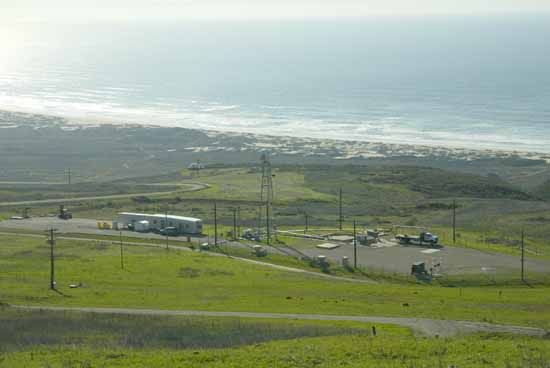
A view of the launch pad before launch.
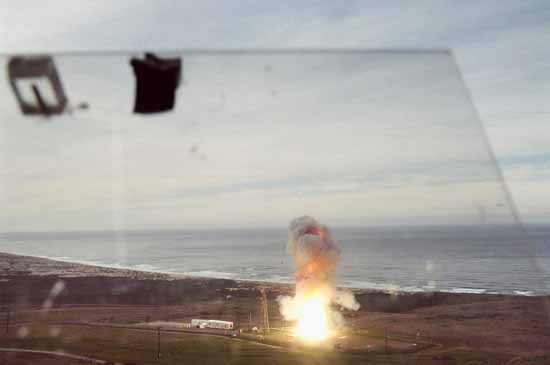
Remote camera captures the door opening on the enclosure.
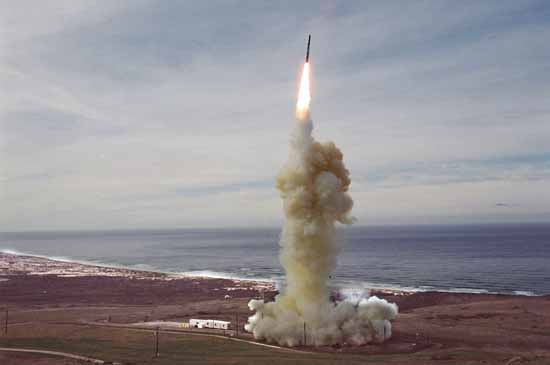
A wide angle photo from remote spot.
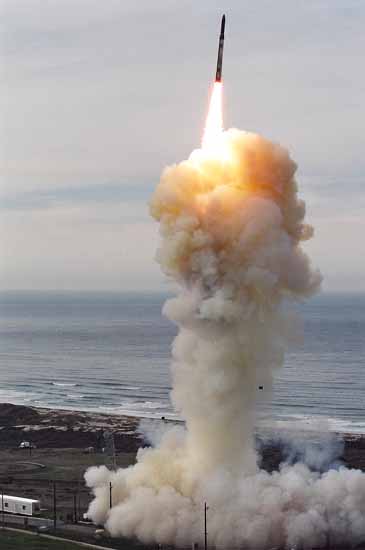
A vertical photo taken with a 80mm lens.
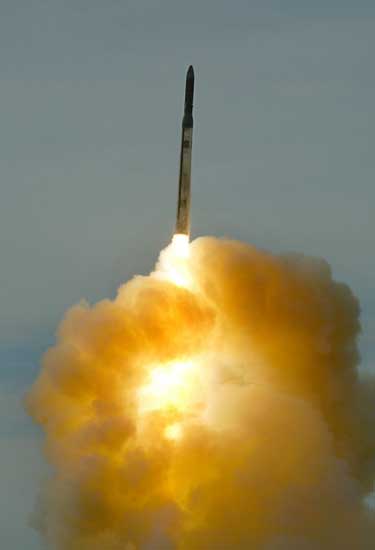
This photo shot with a Canon 1D and a lens set on 105mm.
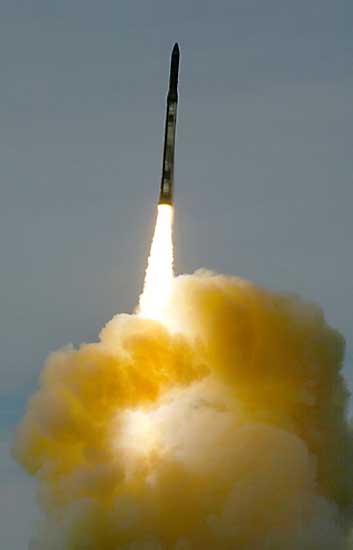
Another photo from the Canon 1D.
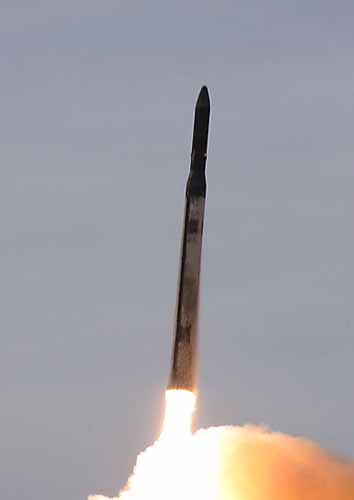
This photo was taken from a Canon D10 with a lens set at 135mm.
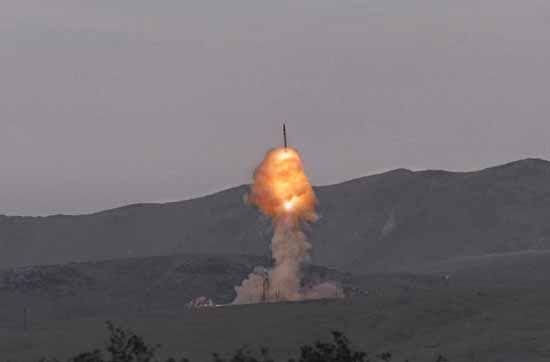
This photo and the next two were taken with a 600mm from about 3 miles
away.
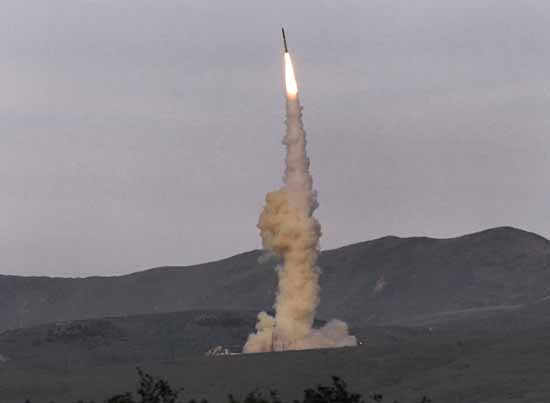
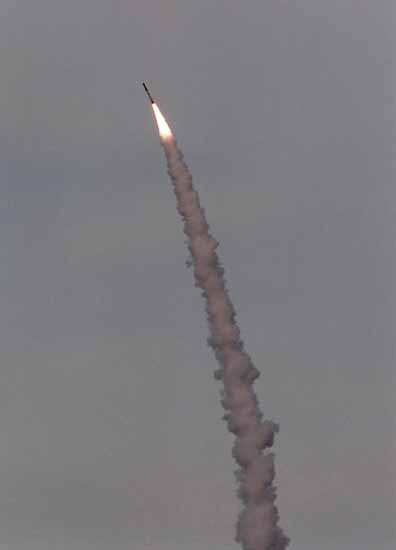
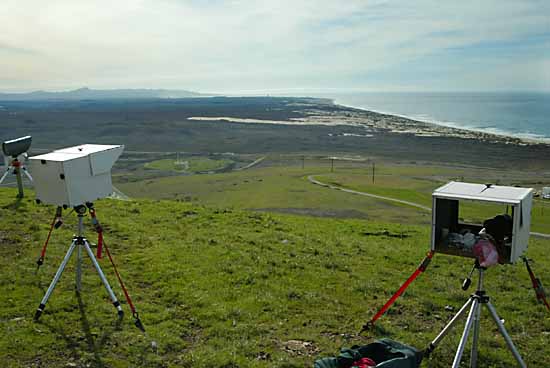
This photo shows the two camera enclosures I used for this launch and a view
from North
Vandenberg Base looking South. You can see the SLC-2 pad which launches Delta
II's
from it in the center of the frame just sticking up above the ocean.
Below are links to previous Minuteman launches
Minuteman II launch on
09-19-2002
Minuteman II launch Intercept
test on 07-14-2001
Minuteman II launch on
07-07-2002
Minuteman II launch on
10-02-1999
Minuteman II launch on 06-23-1997
LOCKHEED MARTIN WINS $760
MILLION CONTRACT TO DEVELOP NEXT GENERATION KILL VEHICLE FOR MISSILE DEFENSE
SUNNYVALE, CALIF, Jan. 7, 2004
– Lockheed Martin today announced it has won a contract from the Missile
Defense Agency (MDA) to further develop and demonstrate the first system
capable of destroying multiple ballistic missile threats and decoys with
a single launch. The system will carry multiple small kill vehicles that
will destroy adversarial missiles and decoys by colliding with them in space.
The eight-year contract is
valued at approximately $760 million; the initial 11-month contract is valued
at $27 million. The U.S. Army Space & Missile Defense Command in Huntsville,
Ala., manages the program for the MDA.
"We are excited and proud that
the Missile Defense Agency has selected us to develop and demonstrate this
promising capability," said G. Thomas Marsh, executive vice president, Lockheed
Martin Space Systems.
The Miniature Kill Vehicle
(MKV) concept holds the potential to provide a more cost-effective approach
to countering complex missile threats with a single launch. MKV will employ
multiple small kill vehicles housed within one carrier vehicle, and would
be used against ballistic missiles in the midcourse stage of flight. The system
will identify all credible threat objects and will destroy them using individual
kill vehicles.
"MKV represents a potential
game-changing capability for missile defense. It is designed to counter future
threats where it is hard to differentiate between threat objects. In such
scenarios, MKV would address all credible threat objects with a single launch,"
said Doug Graham, vice president, Lockheed Martin Space Systems.
The selection of Lockheed Martin
follows a 19-month concept development phase in which the company defined
its MKV design, including the carrier vehicle and the kill vehicle subsystem;
as well as the program plan, schedule and cost estimates for development
and production.
Lockheed Martin's modular design
approach can be configured with varying quantities of kill vehicles per carrier
vehicle in order to address the full range of operational scenarios. The
design is also flexible to allow its MKV system to be used with the variety
of missile defense boosters being used and developed by the Missile Defense
Agency.
Lockheed Martin is a world leader
in systems integration and the development of air and missile defense systems
and technologies. These include the world’s first successful hit-to-kill
intercept with the Homing Overlay Experiment in 1984, the successful demonstration
of the first complete weapon system using hit-to-kill technology with THAAD,
as well as the world’s first operational hit-to-kill missile defense system,
PAC-3. It also has considerable experience in interceptor systems; kill vehicles;
battle management command, control and communications; precision pointing
and tracking optics; as well as radar and other sensors that enable signal
processing and data fusion. The company makes significant contributions to
all 10 major U.S. Missile Defense Systems and participates in several global
missile defense partnerships.
Headquartered in Bethesda, Md.,
Lockheed Martin employs about 130,000 people worldwide and is principally
engaged in the research, design, development, manufacture and integration
of advanced technology systems, products and services. A world leader in
systems integration, Lockheed Martin is involved in a wide range of ballistic
missile defense programs and activities for the U.S. and international government
customers. The corporation reported 2002 sales of $26.6 billion.
Return to Space Photography Page










